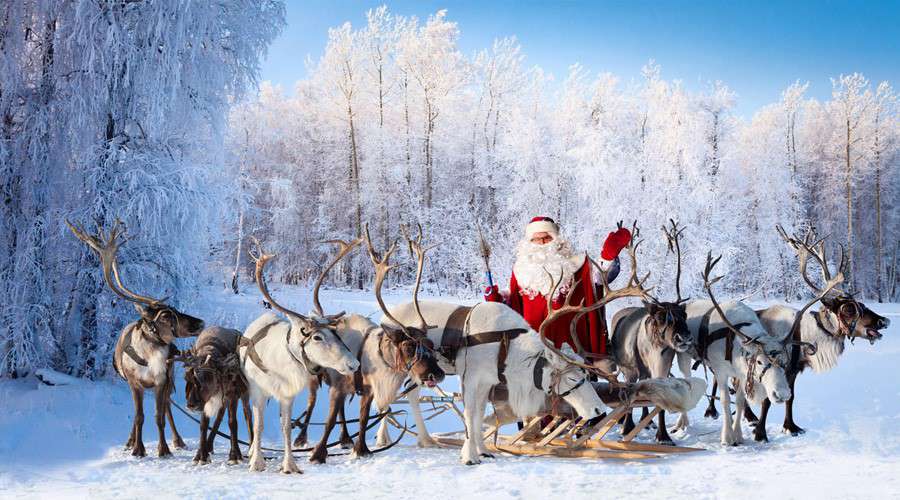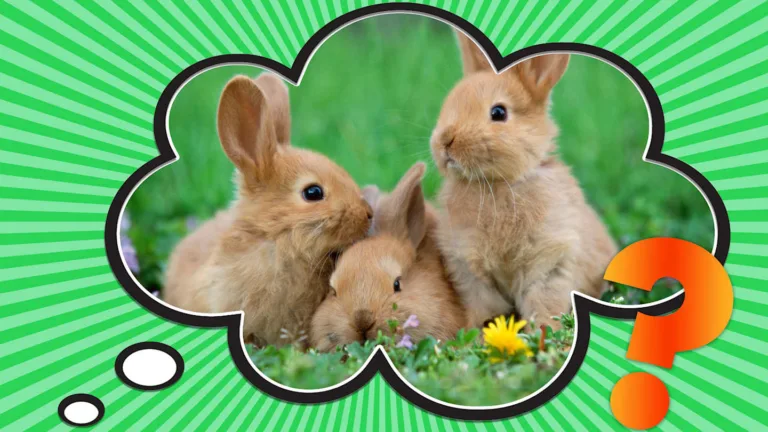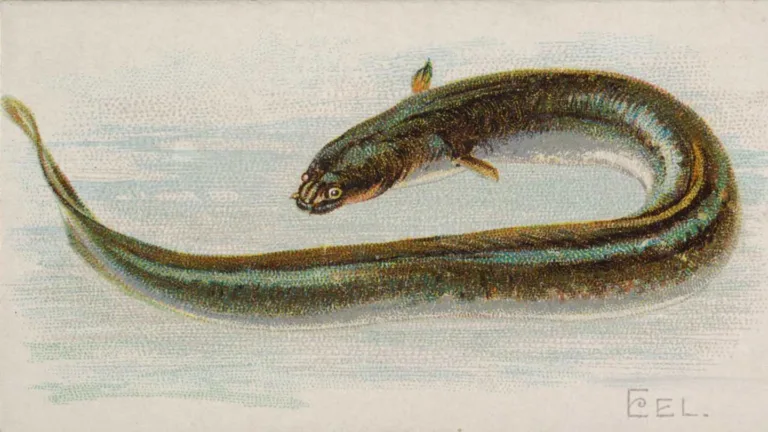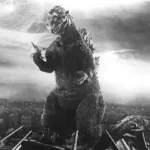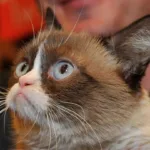Santa Claus’s reindeer are a beloved part of Christmas tradition. Their names are instantly recognizable to children and adults alike. But how many of us know the full story behind these iconic creatures and their various names? This article will delve into the history of Reindeer Other Names, exploring how these magical animals became synonymous with Christmas and the evolution of their names in popular culture.
The story of Santa’s reindeer is a fascinating blend of folklore, literature, and commercial success. From their humble beginnings in 19th-Century Poems To Their modern-day status as Christmas superstars, the reindeer have undergone a remarkable transformation. We’ll explore the origins of the Original Eight Reindeer, Their Subsequent Additions, and the impact of characters like Rudolph on the collective imagination.
Understanding the evolution of the names associated with Santa’s reindeer helps us appreciate the rich history behind this enduring Christmas symbol. We’ll uncover the reasons behind specific names, the cultural influences that shaped them, and the lasting impact they’ve had on Christmas celebrations worldwide. This journey will uncover surprising facts and shed light on the enduring appeal of Other Reindeer Names and the entire team.
A christmas tradition: the reindeer’s story
The association of reindeer with Santa Claus solidified in the early 19th century. William Gilley’s “A New Year’s Present” (1821) first linked reindeer to St. Nicholas, but it was Clement C. Moore’s “Twas The Night Before Christmas” (1823) that truly launched them into the Public Consciousness. This poem introduced eight reindeer: Dasher, Dancer, Prancer, Vixen, Comet, Cupid, Dunder (later Donner), and Blixem (later Blitzen). These names, with their lively and evocative qualities, immediately captured the imagination and became an integral part of the Christmas narrative.
The original eight reindeer established a firm foundation for the Christmas tradition. Their names, often reflecting their personalities or actions, contributed to a vivid and memorable image of Santa’s Sleigh Team. The poem’s enduring popularity ensured that these names became synonymous with Christmas itself, passed down through generations and embedded in countless cultural representations. Their enduring appeal is a testament to the power of a well-crafted story and memorable characters.
 Do Lemurs Collect Shiny Things? Unique Facts About These Primates
Do Lemurs Collect Shiny Things? Unique Facts About These PrimatesHowever, the reindeer team wouldn’T Remain Static. The arrival of Rudolph in 1939, thanks to Robert L. May’S Story, significantly expanded the team. Rudolph’S Bright Red Nose, initially a source of mockery, became a symbol of embracing individuality and difference. His inclusion not only added a new dimension to the Christmas narrative but also paved the way for further additions to the reindeer team in various adaptations and sequels. This expansion shows how the story of Santa’s Reindeer Continues To Evolve, reflecting changing cultural values and storytelling trends.
The eight original reindeer
The eight reindeer introduced in Clement C. Moore’S Poem, “Twas The Night Before Christmas,” hold a special place in Christmas lore. Their names – Dasher, Dancer, Prancer, Vixen, Comet, Cupid, Donner, and Blitzen – are instantly recognizable and conjure up images of a magical Christmas Eve flight. The names themselves are cleverly chosen, often reflecting the reindeer’s perceived personality or action. Dasher, for instance, suggests speed and energy, while Dancer evokes a sense of grace and movement.
Each of the original eight reindeer contributes to the overall festive atmosphere. Their names, combined with the imagery of the poem, create a vivid and enchanting scene that has captivated readers for nearly Two Centuries. The poem’s enduring popularity has cemented these names in the collective Christmas consciousness, making them an integral part of the holiday’s rich tapestry of traditions and imagery. They’Re More Than Just Names; they represent a key element of the Christmas mythos.
The enduring legacy of these eight reindeer is undeniable. They’Ve Inspired Countless Artworks, stories, and adaptations, solidifying their place in popular culture. Understanding their origins and the impact they’ve had on the Christmas tradition provides a deeper appreciation for the rich history behind Santa’s Iconic Team. Their names continue to evoke feelings of wonder and excitement, reminding us of the magic and joy associated with Christmas. This enduring appeal highlights the power of simple yet evocative names in Shaping Cultural Narratives.
Rudolph’S Rise To Fame
Rudolph’s arrival in 1939, thanks to Robert L. May’s story created for Montgomery Ward, marked a significant turning point in the history of Santa’s reindeer. Before Rudolph, the original eight reindeer held undisputed fame. However, Rudolph, with his shiny red nose, quickly captured the hearts of children and adults alike. His story, initially a promotional piece, transcended its commercial origins to become a beloved Christmas classic.
Rudolph’S Unique Characteristic – His Glowing Red Nose – transformed him into a symbol of embracing differences and celebrating individuality. He wasn’t initially accepted by the other reindeer, but his special ability ultimately saved Christmas Eve. This theme of acceptance and overcoming adversity resonated deeply with audiences, contributing to Rudolph’s Immense Popularity. The subsequent song and cartoon further cemented his place in Christmas tradition.
Rudolph’s impact extended beyond his own story. He expanded the reindeer other names and significantly increased the popularity of the entire reindeer team. His inclusion broadened the appeal of the Christmas narrative, adding a new layer of depth and emotion. The success of Rudolph also paved the way for other additions to the reindeer team in later adaptations and spin-offs, demonstrating the enduring power of a well-loved character to shape cultural narratives. His legacy continues to inspire new stories and interpretations, ensuring that his place within the Christmas tradition remains secure.
Expanding the reindeer family
Following Rudolph’s Phenomenal Success, the reindeer family continued to grow in popular culture. Various adaptations and spin-Offs Introduced New Characters, expanding the original team and enriching the Christmas narrative. These additions often focused on Rudolph’s family and friends, further developing the established mythology and adding new layers of storytelling. This expansion reflects the enduring appeal of the reindeer and their ability to adapt to changing cultural contexts.
The expansion of the reindeer family showcases the creative potential of the Original Concept. New characters, such as Rudolph’s son Robbie and Olive, the Other Reindeer, introduced fresh perspectives and storylines. These additions not only entertained new generations but also allowed for the exploration of new themes and values within the familiar framework of Santa’s Reindeer Team. This ongoing evolution keeps the story relevant and engaging for audiences of All Ages.
The addition of new reindeer and characters demonstrates the enduring appeal of the original concept and its adaptability. The continued expansion of the reindeer family highlights the flexibility of the Christmas narrative and its ability to incorporate new characters and storylines while maintaining its core themes and values. This process of expansion reflects the evolving nature of storytelling and its capacity to resonate with audiences across Different Generations. The ever-growing family of Santa’s reindeer continues to capture the imagination, demonstrating the lasting power of a well-loved Christmas tradition.
The enduring legacy of Santa’s reindeer
Santa’s reindeer have become an indelible part of Christmas tradition, their names and images instantly recognizable worldwide. From the original eight in Moore’s poem to the expanded family featuring Rudolph and his friends, these magical creatures have captured the imagination for generations. Their enduring legacy is a testament to the power of storytelling and the enduring appeal of a well-Crafted Mythos.
The reindeer’s enduring popularity stems from their association with the magic and wonder of Christmas. They represent the spirit of giving, the joy of the season, and the excitement of Christmas Eve. Their names, often playful and evocative, contribute to the overall festive atmosphere. This enduring connection to the heart of Christmas ensures their continued relevance in a constantly evolving world. Their story continues to be told and retold, adapting to new audiences and cultural contexts.
The ongoing popularity of Santa’s reindeer, including the various other reindeer names that have joined the team over the years, ensures their continued presence in Christmas Celebrations Worldwide. Their story continues to inspire new stories, songs, and adaptations, ensuring that the magic of Santa’s sleigh ride remains a cherished part of the holiday season for years To Come. Their legacy is a testament to the power of simple yet enduring narratives to capture the hearts and imaginations of people across generations and cultures.

